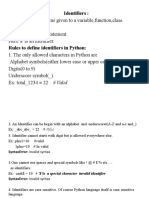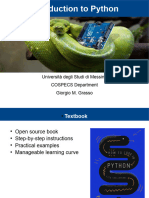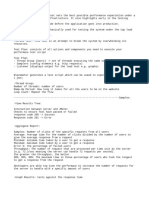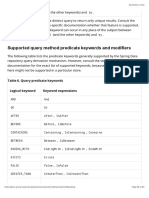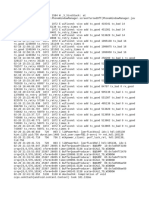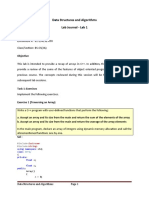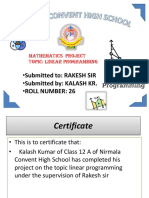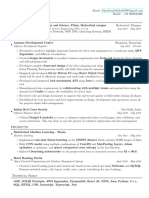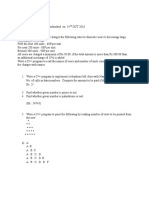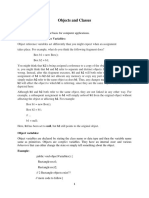0% found this document useful (0 votes)
13 views5 pagesBasics of Python
The document provides an introduction to Python programming, covering its basics, key features, and installation instructions. It explains fundamental concepts such as data types, operators, control statements, and debugging techniques. Additionally, it outlines how to run Python code and the structure of a Python program.
Uploaded by
aaryan14092009Copyright
© © All Rights Reserved
We take content rights seriously. If you suspect this is your content, claim it here.
Available Formats
Download as PDF, TXT or read online on Scribd
0% found this document useful (0 votes)
13 views5 pagesBasics of Python
The document provides an introduction to Python programming, covering its basics, key features, and installation instructions. It explains fundamental concepts such as data types, operators, control statements, and debugging techniques. Additionally, it outlines how to run Python code and the structure of a Python program.
Uploaded by
aaryan14092009Copyright
© © All Rights Reserved
We take content rights seriously. If you suspect this is your content, claim it here.
Available Formats
Download as PDF, TXT or read online on Scribd
/ 5


































